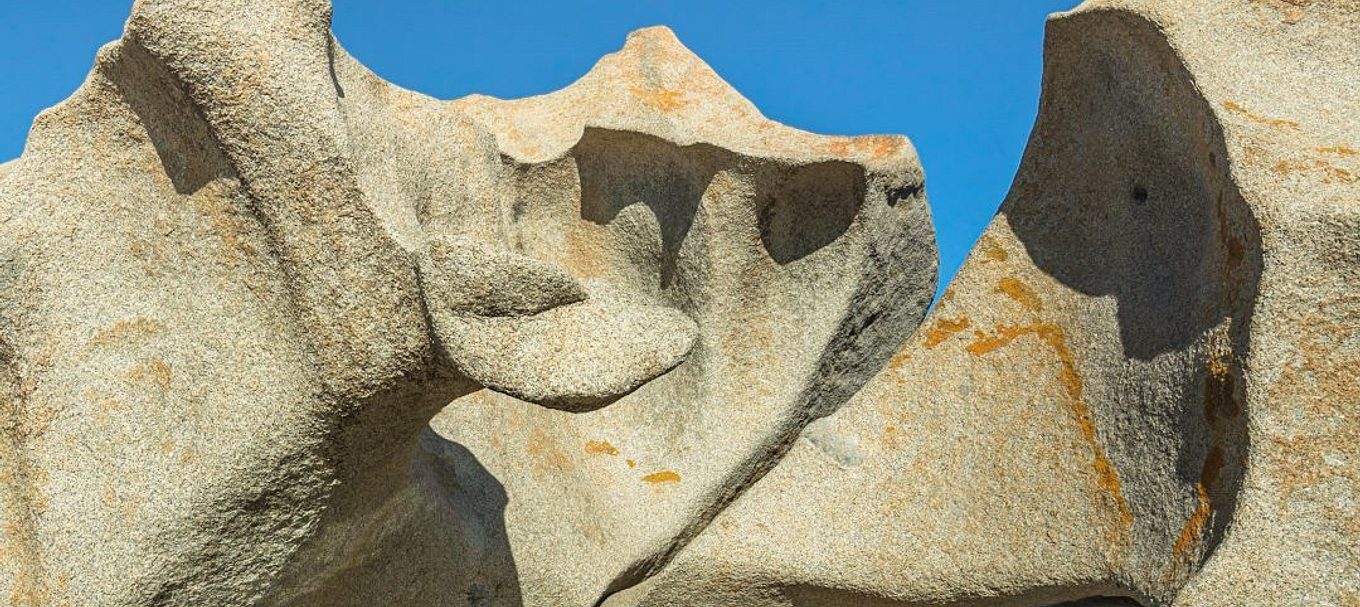
Your guide to accessible features in some of KI’s national parks
If you want to visit some of Kangaroo Island’s iconic national parks and need to factor in accessibility, we’ve got you covered.
Here are some of the top spots to visit and some tips about their accessible features:
1. Seal Bay
A trip to KI wouldn’t be complete without a visit to Seal Bay. You’ll find a 450-metre boardwalk that’s fully wheelchair accessible and perfect for a self-guided tour. Bookings aren't required for the boardwalk tour and you can pay in person at the Seal Bay visitor information centre.
The boardwalk meanders through limestone cliffs and dunes, and showcases the stunning coastal scenery that Seal Bay is famous for. Along the way you’ll stop at viewing platforms to watch Australian sea lions surfing the waves or sunning themselves on the beach.
Go at your own pace and take note of the interpretive signs along the way where you’ll learn about the habits and behaviour of the sea lions, such as hunting, resting and reproduction.
An accessible toilet is available.
2. Remarkable Rocks
Within the iconic Flinders Chase National Park is the stunning geological feature of Remarkable Rocks.
Sitting high on ancient rocky platforms above the sea, Remarkable Rocks’ surreal shapes and golden orange colours provide extraordinary photo opportunities.
An accessible boardwalk provides easy access to view Remarkable Rocks, complemented by two accessible toilets and a spacious parking area that includes two designated accessible parking spots.
Top tip: Be sure to take in the stunning views across to Cape du Couedic and the Southern Ocean.

3. Cape Du Couedic Lighthouse and Admirals Arch
Admirals Arch is another spectacular geological formation in Flinders Chase. And it’s also a great spot to see long-nosed fur seals in their natural habitat.
Unfortunately reaching the arch can be tricky – while there’s a purpose-built boardwalk to get there, it’s steep with steps at the end that take you to see the arch itself.
If you can’t make it down to the arch, the scenery along the way is still well worth a journey along the boardwalk. From the lookouts at the carpark and boardwalk there are spectacular views of Casuarina islets, seal colonies, the Cape du Couedic Lighthouse and the very dramatic coastline.
An accessible toilet is available at Cape du Couedic Lighthouse.
4. Cape Borda Lightstation
Cape Borda Lightstation is perched on cliffs on the northwestern corner of Kangaroo Island within Flinders Chase National Park, and overlooks Investigator Strait. This unique square lighthouse was built in 1858 and is steeped in European history.
The lightstation was spared in the fires that ravaged the western end of Kangaroo Island in January 2020.
You can take a self-guided tour around the Cape Borda Lightstation settlement. The tour will give you an insight into the early lightkeepers’ living conditions, and how isolation and a demanding routine dominated their often harsh lives.
The road to the lightstation and the paths surrounding it are unsealed.
5. Cape Gantheaume
Take a driving tour of Cape Gantheaume Conservation Park. The 8km self-guided nature drive begins at the second boat ramp, and will take you to the end of D’Estrees Bay Road adjacent to Sewer Beach.
At stop 4 of the tour, get out and admire the view from the accessible lookout – and keep a watch out for ospreys.
6. Accommodation in Flinders Chase National Park
The heritage-listed May’s Homestead (sleeps 4) and Postman’s Cottage (sleeps 2) have been beautifully restored following the 2019 – 2020 Kangaroo Island fires and now provide a distinctive heritage accommodation experience for visitors.
Both properties are located at Rocky River, close enough to be booked together for sharing by a group, but far enough apart to be private. Guests can use the cosy self-contained accommodation as their base while exploring the western end of Kangaroo Island. Postman’s Cottage has been designed with accessibility in mind.
Postman’s Cottage key accessible features:
- Step-free accommodation
- The cement floors in the open plan area and tiled bathroom are smooth for easy movement and provide plenty of room to move around
- The bedroom has a queen bed with sufficient room for wheelchair access. It has lamps within reach of the bed
- On-site accessible parking
- The shower is an open plan roll-in shower with a wall-mounted shower chair provided (a moveable shower chair is available upon request)
- The shower has a handheld showerhead and there is grab bar
- Wheelchair accessible water basin
- Accessible toilet with grab bar
- Extended lever mixers

Throughout September, parks of Kangaroo Island are being celebrated as the National Parks and Wildlife Service South Australia’sPark of the Month. There are lots of events and activities to get involved in, including a very special Sunrise Tour at Seal Bay on Saturday 23 September.
The team at National Parks and Wildlife Service South Australia is working hard to improve the accessibility of parks and they’re keen to hear your thoughts. If you rely on accessible facilities to visit parks, why not drop them a line by using this contact form. More information about accessibility in parks is available on the National Parks and Wildlife Service South Australia website.





